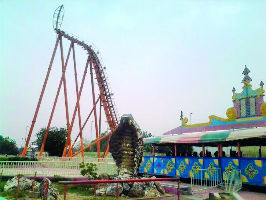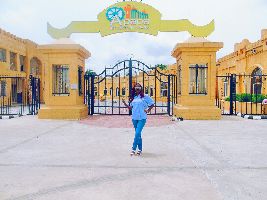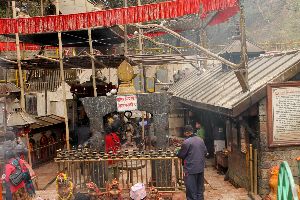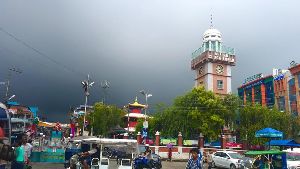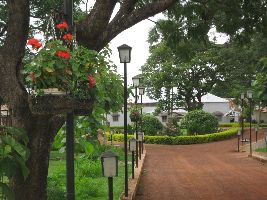About Shekhawati, Rajasthan
Shekhawati has earned the sobriquet 'open art gallery of Rajasthan' as the region has the largest concentration of frescos in the world. Situated in northeastern Rajasthan, Shekhawati is a semi-arid historical region rich in culture and history.
Shekhawati derives its name from Rajput Kachwaha chieftain Rao Shekha Ji. The descendants of Rao Shekha Ji, ruled the area and were called Shekhawats. Shekhawati was the largest Nizamat of erstwhile princely state of Jaipur State.
Inhabitants of Shekhawati region are considered brave and hard working people. No wonder that the region provides the highest number of persons to the Indian Army. It has, in turn, helped the region earn another label as Scotland of India.
Though Shekhawati is limited to Jhunjhunu and Sikar districts of Rajashtan from the administrative and geographical point of view, some parts of Churu and Nagaur districts are also considered to be part of the region. Shekhawati, a dialect of Rajasthani language, is mainly spoken.
A trip to Shekhawati can't be complete without visiting the Havelis to view the magnificent frescoes. Most Havelis were constructed during 18th century to early 20th century. Influenced by Persian, Jaipur and Mughal schools of painting, the Shekhawati frescoes depict themes from mythology, hunting and everyday life.
There are two legends as to how the region got its name. According to one, Shekhawati was named after Rao Shekha Ji and literally means Garden of Shekha. According to another legend, Shekhawati is derived from Persian word 'Sheekh' which means 'sand deposited on sea beach'. Fossils found in the area confirm it was once covered by seawater.According to Hindu mythology, the present day Shekhawat was part of Virata kingdom. Pandavas spent one year of their exile in Virata.
Shekhawati started flourishing in the late 18th century with the development of overland caravan trade route linking Pali and Bhiwani. Exhorbitant taxes by states like Jaipur and Bikaner, resulted in Banias, the trading community, flocking to Shekhawati, where the taxes were low. Later, the British used the skills of local merchants to improve trade. While the traders ventured out to far outposts of colonial empire, they built havelis for their families back home.
Best time to Visit : Oct - Mar
- Home
- India
- Shahpura Tours
- About Shekhawati, Rajasthan
- Log in
- Enquiry Form
To City (Destination)
From City
Travel Date
Travel Duration (In Days)
Adult
Child
Infant
Travel With
Hotel
Rooms
Type of Trip
Total Budget (in INR)
Ticket Booked ?
Ticket Required?
Mode of Transport
Ticket Category
I will book
Date of Birth
Gender
Marital Status
Income (Per Month)
Nationality
Preferred Language
Total countries visited so far
Do you have a Visa ?
Do you have a Passport?
Preferred Time to Call
We have identified additional inquiries related to your tour. Please review them and let us know if there are any inquiries you would like us to remove.
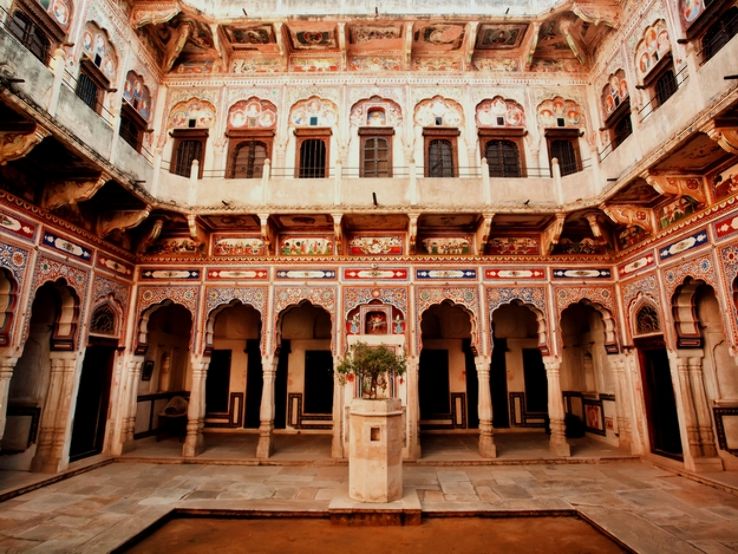
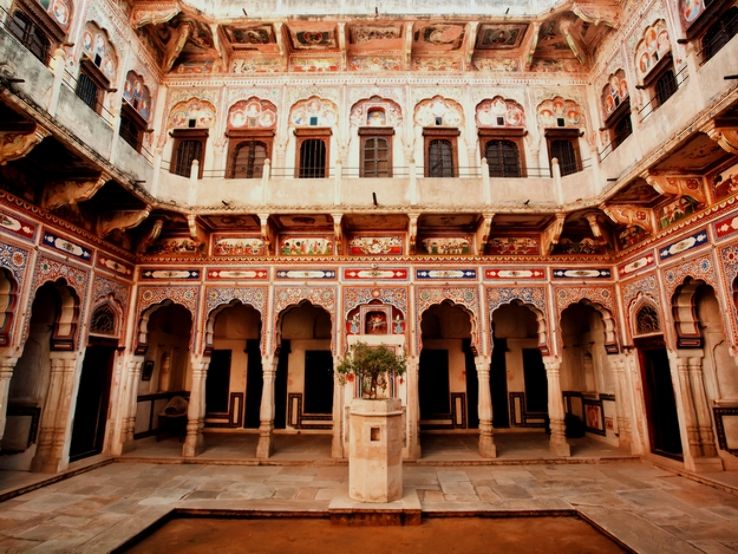
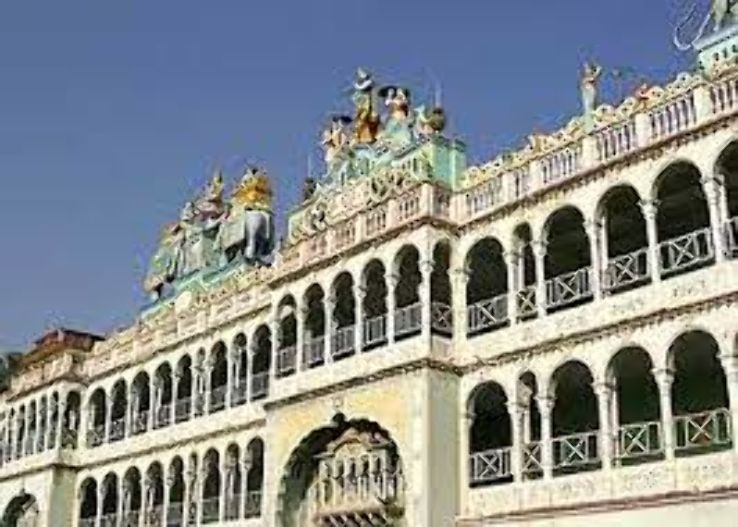
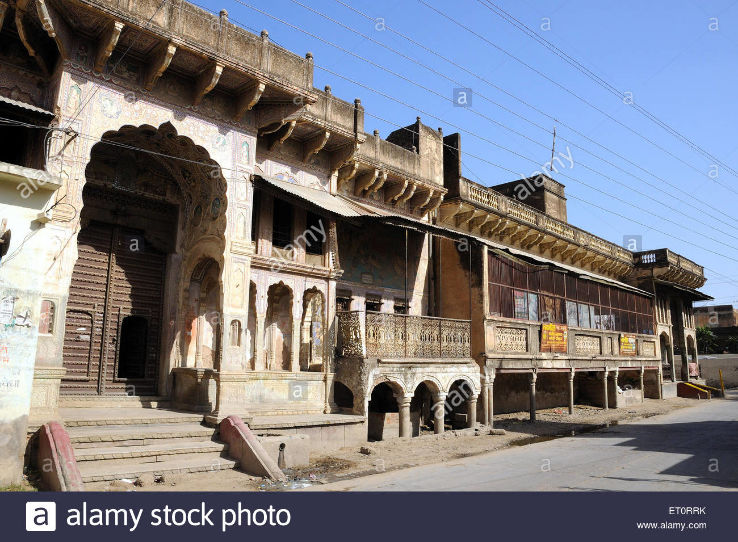
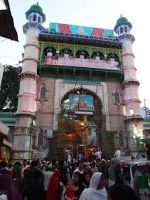
_1524061407t.jpg)

_1509295634t.jpg)
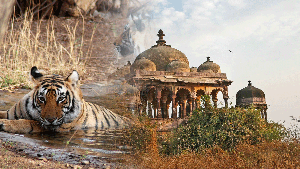
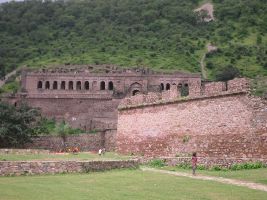

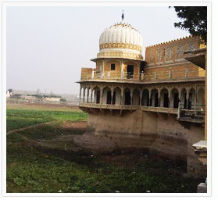
_1517160331t.jpg)
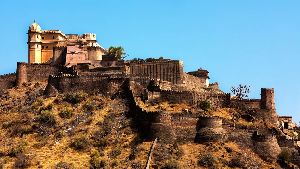
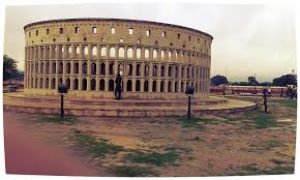
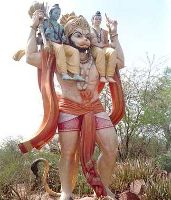
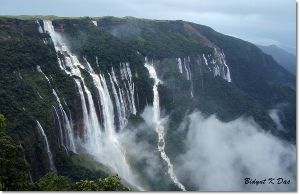

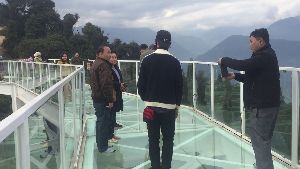
_1508856509t.jpg)


_1511245397t.jpg)
_1522933661t.jpg)
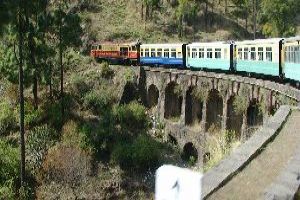
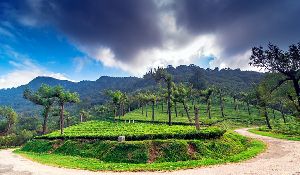
_02_1523438318t.jpg)

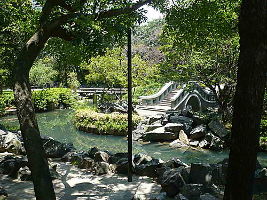


_1517026706t.jpg)

_1516795967t.jpg)
